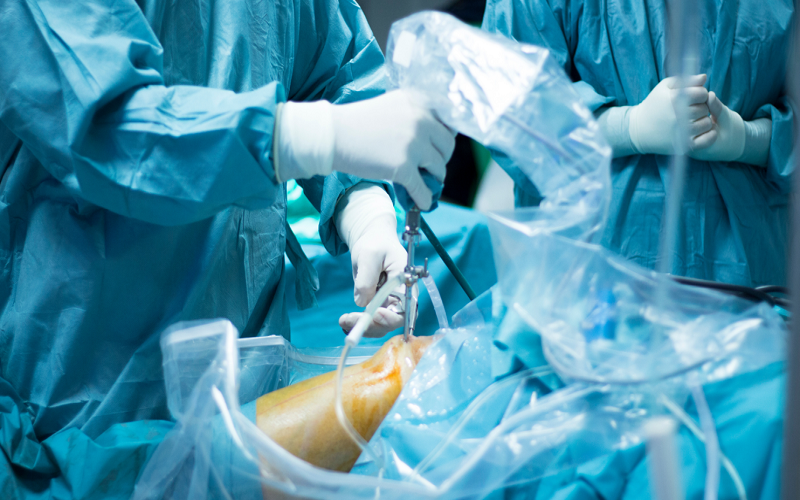Orthopedic surgeons have always pushed the boundaries of medical innovation. They play a key role in driving advances in prosthetic technology. With developments like “robotic joint replacement west hollywood,” these specialists are leading the charge. Their work ensures that new prosthetics are more efficient and comfortable. This progress promises a better quality of life for many.
The Evolution of Prosthetic Technology
The journey of prosthetic technology is quite remarkable. From simple wooden limbs to advanced bionic arms, technology has made leaps and bounds. Orthopedic surgeons have been at the forefront of these developments. They have not only seen these changes but have actively contributed to them.
Key Advances in Modern Prosthetics
- Enhanced Mobility: Modern prosthetics incorporate lightweight materials. This improvement allows for better movement and less strain.
- Improved Grip and Dexterity: New designs offer more natural hand functions. This feature helps with daily tasks, improving independence.
- Smart Technology Integration: Some prosthetics now connect to smartphones. This connection enables users to customize settings and receive feedback.
Data-Driven Progress
Let’s look at how these advancements stack up in a simple comparison:
| Feature | Traditional Prosthetics | Modern Prosthetics |
| Material | Wood/Metal | Carbon Fiber/Plastic |
| Weight | Heavy | Lightweight |
| Functionality | Basic | Advanced |
| Control | Mechanical | Electronic |
The Role of Robotics in Prosthetics
Robotics has become a game-changer in prosthetic technology. Surgeons now use robotic systems to ensure precision in surgeries. This precision leads to better-fitting prosthetics. For more on robotic surgery advancements, visit MedlinePlus.
Challenges and Solutions
While the path forward is promising, challenges remain. Cost is a significant barrier for many. However, ongoing research focuses on making these technologies affordable. Another challenge is the learning curve for users. Educational programs and support services aim to address this issue.
Future Prospects
The future of prosthetic technology looks bright. With continuous research, we anticipate even more advanced solutions. Orthopedic surgeons will remain central in this evolution. For more detailed information, the National Institute of Biomedical Imaging and Bioengineering offers a wealth of resources.
Conclusion
Orthopedic surgeons spearhead the progress in prosthetic technology. Their efforts have transformed lives by enhancing mobility and independence. As technology continues to evolve, the possibilities for improved quality of life are endless. We owe much of this progress to the tireless work of these medical pioneers.

